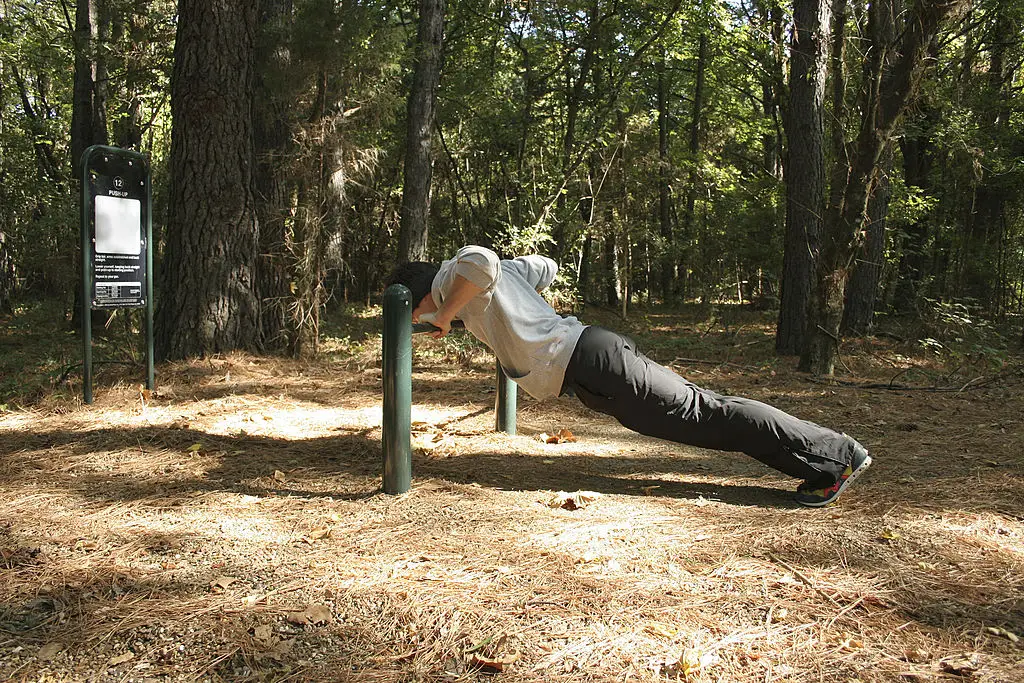Strength After 40: Science-Backed Moves That Stop Age-Related Muscle Loss Cold
3. Incline or Modified Push-Up — Maintain upper-body pressing strength

Push patterns keep your chest, shoulders, and triceps strong and support everyday functions like pushing doors or lifting light objects. Incline push-ups are gentle on the shoulders because they reduce the effective load while preserving the same movement pattern as a standard push-up. Stand facing a sturdy bench or counter, place hands slightly wider than shoulder-width, and keep a straight line from head to heels while lowering your chest toward the surface. For those with more wrist or shoulder sensitivity, wall push-ups are an easy regression. As strength improves, lower the incline until you can do floor push-ups, then add a slow eccentric (lowering) phase or a weighted vest for progression. Aim for 3 sets in the 8–12 rep range, focusing on full range of motion and controlled breathing. Including push movements balances your upper-body routine and helps prevent the forward-rolled posture that can accelerate age-related mobility limitations.
4. Bent-Over Row or Band Row — Balance pushing with pulling for posture

Pulling exercises are essential to offset the forward pull of daily life and preserve upper-back strength. Bent-over rows target the mid-back, lats, and rear delts and help maintain upright posture. With a hinge at the hips and a slight knee bend, hold a dumbbell or barbell and row toward your lower ribs, squeezing the shoulder blades together. If you don’t have free weights, anchor a resistance band at waist height and perform seated or standing band rows with the same scapular squeeze. Start with 3 sets of 8–12 reps and prioritize controlled form over load. Strong pulling muscles support better shoulder mechanics and reduce the risk of rounded shoulders, a common age-related complaint. Experts stress pairing push and pull work in each training session to keep the shoulder girdle balanced and resilient as you age.
